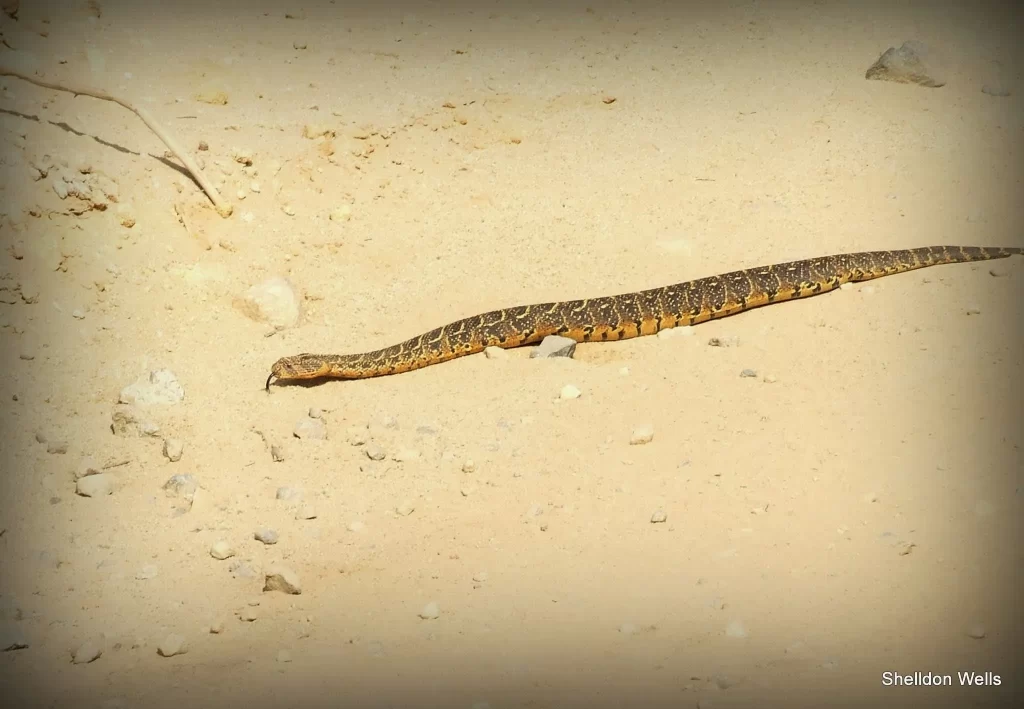The beautiful country of Lesotho is just 3 hours from Durban and is a destination many visitors to South Africa and keen to visit. Most know nothing about the actual pass that you need to take to get into Lesotho from the Natal site – so here are 3 interesting facts about Sani Pass.
1. The Pass is Not Named for the San People
It’s an easy mistake to make! Many visitors and quite a few locals assume that the pass is named after the San people – the original inhabitants of Southern Africa.
The only problem is that by the time the pass is established in the 1930’s onwards (originally a bridal path and then in the 50’s a road of sorts) the San people were mostly long gone, just a handful living in small communities.
Fact is, Sani Pass originated from the family of Chief Letsie, son of Moshesh. Chief Letsies son, Rafolatsani later became district chief in the area known as Mokhotlong. Sani originated from an abbreviation of the name Rafolatsani, thus the name called Sani Pass was referred to by Basotho in the year 1900.
If you are keen to visit Lesotho via Sani Pass, well then I have a number of options you may be interested in;
2. The First Car Up Sani Pass Was a Willy’s Jeep
It wasn’t until 1948 when ex-spitfire pilot Godfrey Edmonds spent over 5 hours guiding his Willys Jeep up what was still just a barely-there donkey path. As determined as he was, and as capable as the Jeep was, he still needed the help of the locals to get over the worst bits.


In the 1950’s an upgrade was made to the pass and soon after a company called the The Motkhotlong Mountain Transport Company began plying their trade taking goods and curious adventure types up and down the mountains – and of course this continues until today!
Not much has changed these days; the road is in better condition and the vehicles are far more luxurious and capable compared to the Jeep that Edmonds used, but it’s still a spine-jarring 4×4 only trail to the top with all the adventure you could wish for.
3. There Are Animals On This Here Pass!
Apart from the gorgeous landscape views that you can drink in while ascending the tough Pass, there are also critters about to keep an eye out for!
The Drakenberg Mountains that the Pass meanders it’s way up is not only a UNESCO World Heritage site, it is also a nature reserve administered by Ezemvelo (well, parts of it are).


Thanks to the conservation efforts of everyone you have the opportunity to spot some wildlife that call the Drakensberg home. For example, small herds of mighty Eland (Africa’s largest antelope) are often spotted on the slopes of the ‘Berg as you head up the pass.
Vultures are often spotted as well, and considering they are officially a threatened species, it’s always fantastic to to see them, especially if you are lucky enough to spot them on the ground – then you can really see just how large they are!
Rock Hyrax are another local resident that you will see while headed up the pass, and depending on time of year, snakes do make and appearance as well.
Last but not least, my favourite animals will often be spotted during the course of the trip, Chacma Baboons. Unlike those in the Cape that foolish people have fed over the years, these baboons pretty much ignore the vehicle and people, often giving them a wide berth and so there is no danger from them – you get to just enjoy the joyous spectacle as they play and move along the sloped hills of Sani Pass.
4. Bonus Fun Fact!
This last last fun fact isn’t about Sani Pass itself strictly speaking, it is about the mountains themselves, which most people know are the Drakensberg (Dragon Mountain in English).
The thing is though, the local inhabitants, the Zulu, know the mountain by another name all together: uKhahlamba, which in English this translates to “Barrier of Spears”.

